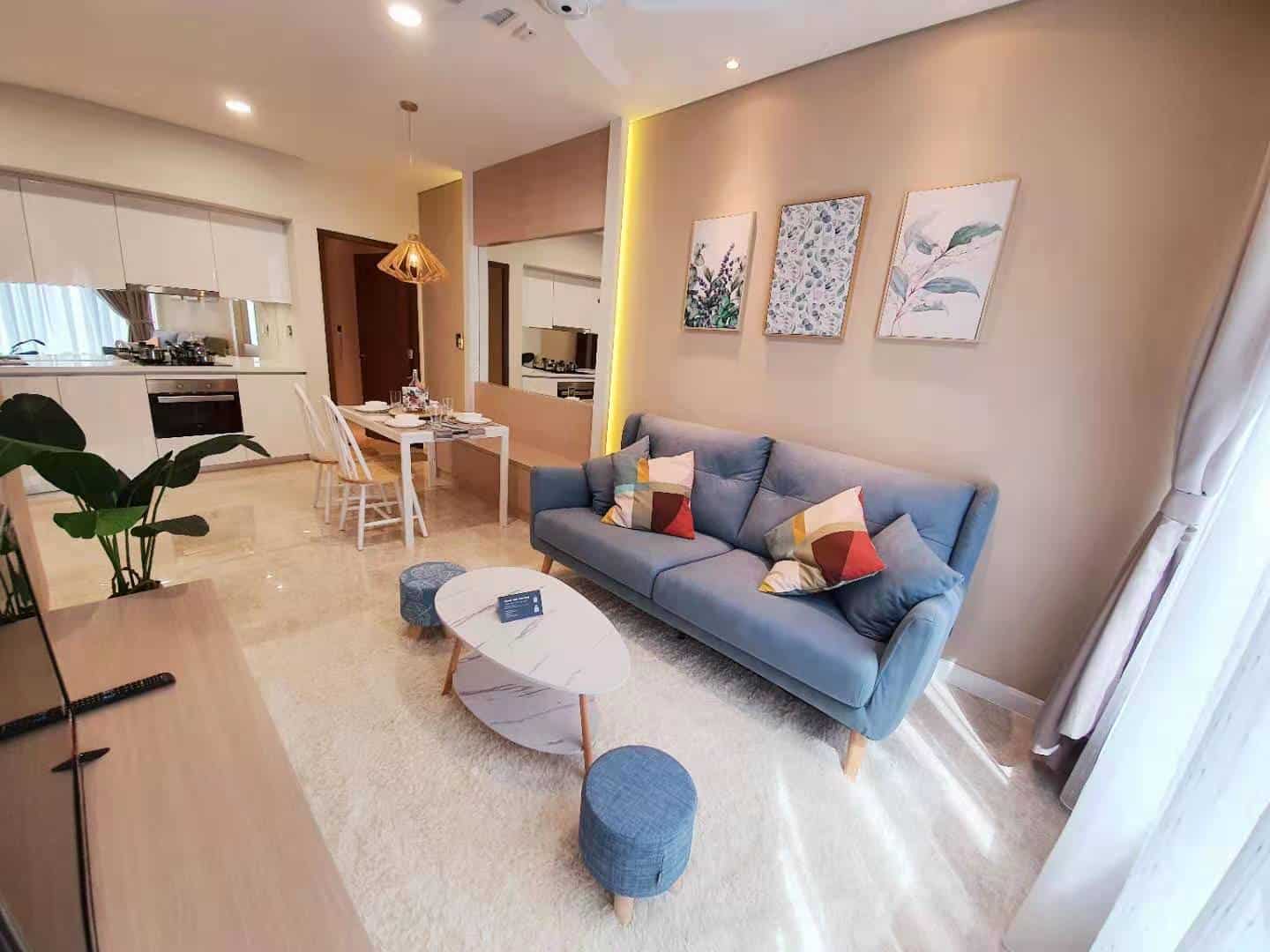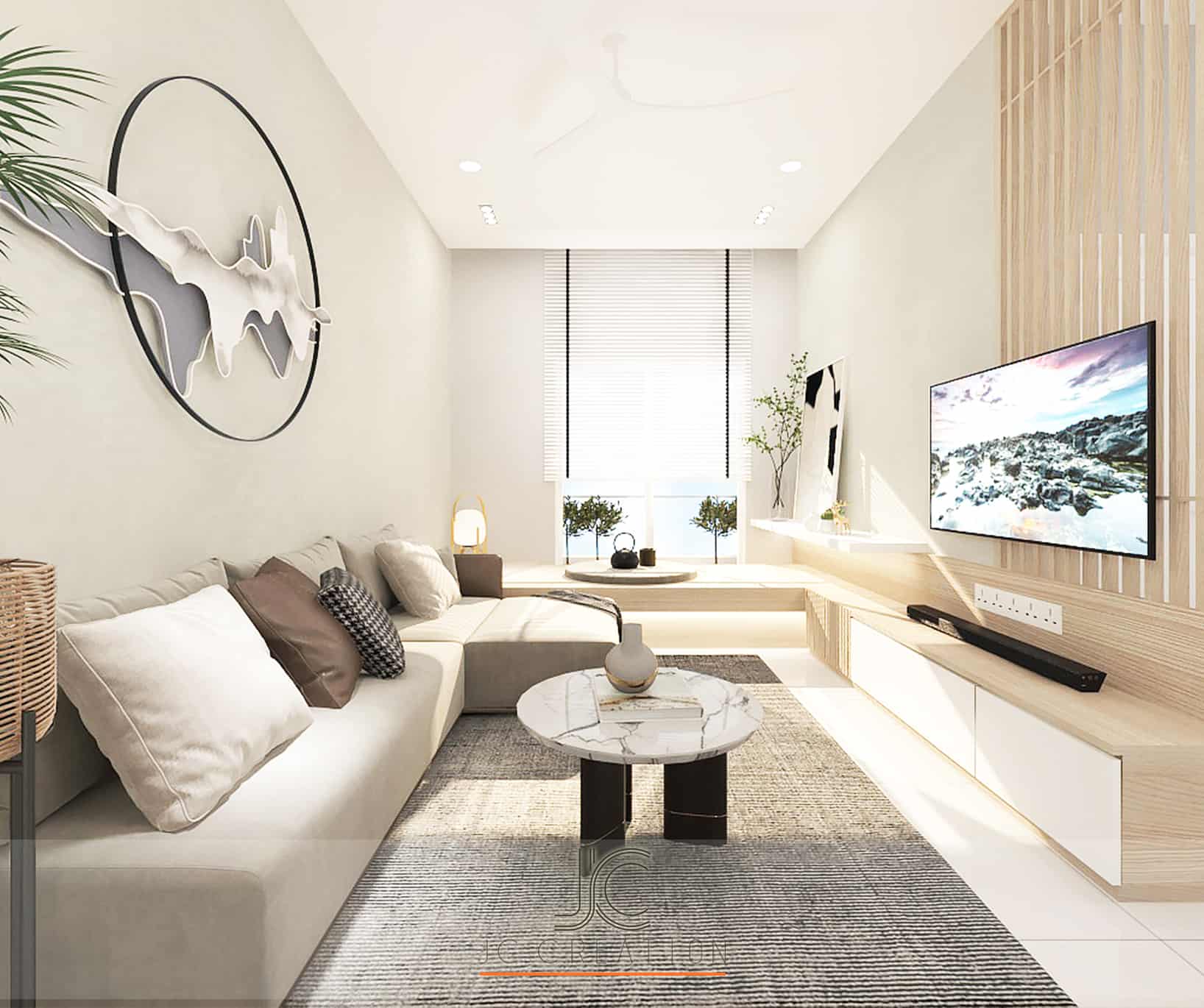Boost Your Qi with these Feng Shui Tips in Your Home
by Adwords on August 02, 2021
When it comes to the interior design of your home, arranging furniture can seem to be a difficult task. When you're faced with an empty room, it can be difficult to fill it in a way that is both functional and attractive to the eye.
Interior designers have identified several simple, easy-to-apply principles that work throughout time. Whether it's the interior of the bedroom, living room, kitchen, or the whole condo design, if you follow these simple guidelines, you will discover that arranging furniture isn't so difficult after all.
Don't underestimate the value of a room's focal point in your living room design. They might emerge naturally, such as if you have a large window or a built-in fireplace mantel, or they can be created artificially, such as with media units and televisions.
Wherever you've chosen to be the focal point, stay with that decision. You'll want to organize your furnishings as much as possible around it.
People should be able to communicate with one another without having to crane their heads or shout across the room.
Place the sofas and chairs so that they face each other (not directly, but close enough) and so that people can chat without raising their voices. Create different discussion areas if the room is too big.
The size of your living room or condo design will determine how far you can draw your furniture away from the walls, but even in a small space, you should leave a few inches between the backs of furniture pieces and the walls to give them some breathing room.
Contrary to conventional assumption, this small amount of space can make spaces appear larger. Of course, if you have more room, you can arrange furniture so that conversation areas are created in the centre of the room, with several feet between the walls and the furniture.

When it comes to decorating, balance is crucial, and nowhere is it more vital than when placing furniture and other items in your living room.
Consider the size and placement of the various items, keeping in mind that grouping all of the large or small objects in one area or on one side of the room might make the space appear unbalanced and disturbing.
Make sure there's a diversity of shapes—if you have straight-lined seating, for example, a round coffee table would be a good fit.
When arranging furniture in any space including the master bedroom, one of the most crucial factors to consider is traffic movement. When passing through the room, people should not have to trip over furniture or one other.
Allow a couple of feet (plus or minus a few inches) between the coffee table and the sofa, as well as between the chairs. Make a clean path so that people could easily walk from one end of the room to the other.
If you can, place area rugs beneath all of your furniture. It's fine to expose some flooring around the room's perimeter, but when utilizing an area rug, make sure it's large enough to accommodate all of the furniture in a sitting arrangement. Large items should at the very least have their front legs resting on the carpeting (the backs can be on the floor, if necessary).

Artworks, mirrors, and sculptural items that are mounted on the wall should be positioned strategically and in proportion to the furniture. Instead of hanging a little photo over the back of your sofa, use a large piece that is roughly two-thirds the length of the sofa, or a cluster of works.
If you're bent on using a piece of art that's too little, put it in a bigger frame with a thick matte surrounding it so it can stand out when placed next to a huge piece of furniture.
One of the most important elements of any space is lighting, which is often overlooked. Always use a combination of overhead, floor, and table lights (and sconces, if you can). A floor lamp looks nice behind an accent chair or at the end of a sofa.
On side tables, bookcases, and even mantels, table lights can be an attractive addition. For proper balance, lighting must be positioned at various levels, therefore utilize a range of lights widely around your space.
When it comes to the interior design of your home, you need to understand that placement isn't permanent. You can always start over if you decide to change your sofa, chairs, and tables just in case you don't like how it looks.
Don't be scared to play around with different layouts. When you sit down to rest, you will know you have found the ideal layout by the way space makes you feel.









